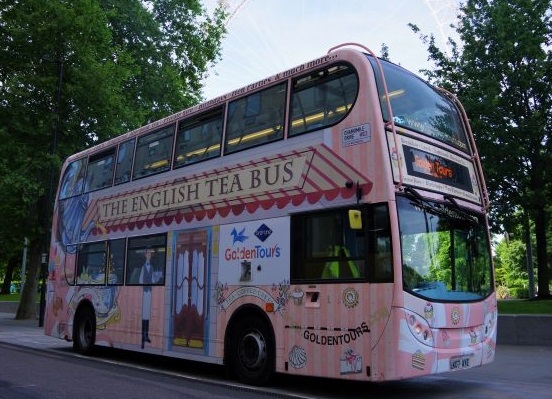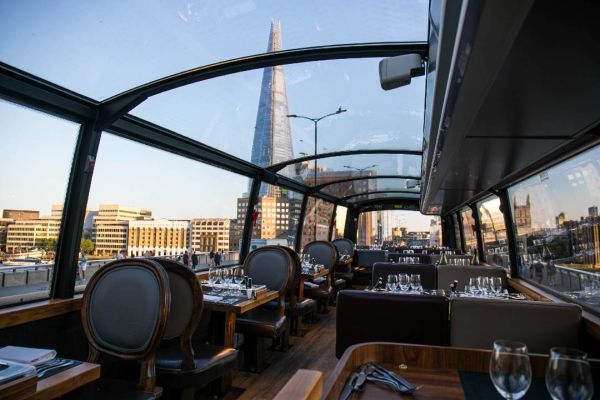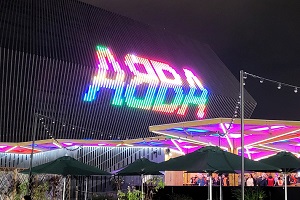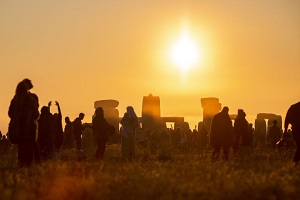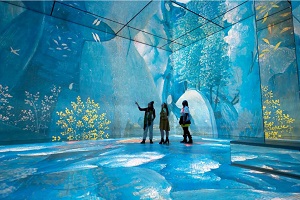THE HIGHLIGHTS AT Tower Bridge
Tower Bridge in London has stood over the River Thames since 1894 and is one of the most recognizable landmarks in the world.
Visit Tower Bridge's Glass Floor, one of London's most unique experiences, and learn about the engineering, the people, the architecture and the city that built Tower Bridge.
Tower Bridge is one of the most impressive structures and sites in the capital and has stood over the River Thames since 1894. As well as being one of the most recognizable landmarks in the world, it is one of the most visited attractions in London and continues to be a working bridge to this day.
Its fascinating exhibition delves into significant moments in Tower Bridge history and how it was built, through interactive displays and videos about its impact on the River Thames. Visitors will also fall in love with the Tower Bridge Glass Floors that line the structure's two walkways, which provide a fascinating view of the Thames, London skyline and cars passing by down below.

Tower Bridge Highlights
The Tower Bridge Glass Floor, a truly unique experience for those unafraid of heights
Spectacular panoramic views over the river
The “bascules” (which means see-saw in French) are lifted to this day on a schedule to allow boats and barges to pass
An exhibition filled with Tower Bridge history, detailing its development through time as a fully functioning bridge
A high-level walkway between the two towers.
Tower Bridge Facts
Over 50 designs were submitted to be considered for the winning design
The build of the Bridge took 8 years to build with 432 construction workers
Before 1977 the Bridge was brown until it was painted red, white and blue to celebrate the Queen’s Jubilee, a significant moment in Tower Bridge history
A London bus driver once had to jump between the two raising ‘bascules’ when his number 78 bus was caught on the Bridge as it rose.
Tower Bridge History
In the second half of the 19th century, increased commercial development in the East End of London led to demands for a new river crossing downstream of London Bridge. A traditional fixed bridge at street level could not be built because it would cut off access by sailing ships to the port facilities in the Pool of London, between London Bridge and the Tower of London.
Construction started in 1886 and took eight years with five major contractors – Sir John Jackson (foundations), Baron Armstrong (hydraulics), William Webster, Sir H.H. Bartlett, and Sir William Arrol & Co.and employed 432 construction workers. E W Crutwell was the resident engineer for the construction. The first stone was laid by Albert, Prince of Wales.
Two massive piers, containing over 70,000 tons of concrete, were sunk into the riverbed to support the construction.[citation needed] More than 11,000 tons of steel were used in the framework for the towers and walkways, which were then clad in Cornish granite and Portland stone, to protect the underlying steelwork.
Jones died in 1887 and George D. Stevenson took over the project. Stevenson replaced Jones's original brick façade with the more ornate Victorian Gothic style, which makes the bridge a distinctive landmark, and was intended to harmonise the bridge with the nearby Tower of London. The total cost of construction was £1,184,000 (equivalent to £136 million in 2019).




